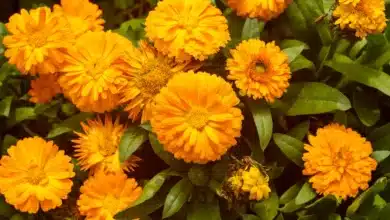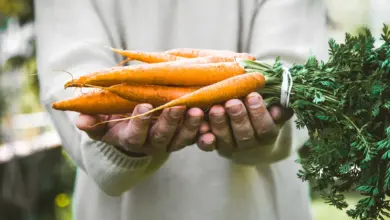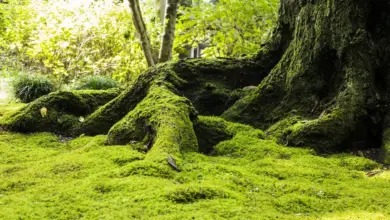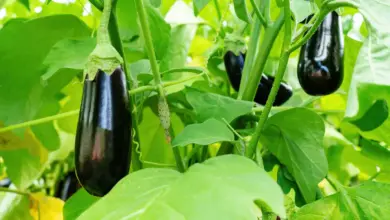10 Plants for Year-Round Containers
When the air turns chilly during fall, gardeners usually dispose of, propagate, or find a home in the ground for their outdoor potted plants. It’s saddening because it’s a waste of effort and plants. Several perennials and shrubs can live in a container for years.
Making use of this method leads to a decrease in the amount of time, money, and effort. Your containers can offer you year-round interest, depending on your selected plants, and by adding consistency to your designs.
Life in the container is better for plants than being in the ground. Containers provide good drainage, but plants depend on you for water and nutrients. Shrubs and larger perennials stay in smaller pots; it depends on the plant, climate, and container. Also, containers don’t insulate a plant’s roots from winter temperatures.
The rule of thumb for container-plant survival through the winter is that the plant should be hardy to two zones colder than your USDA Hardiness Zone. Written below are the ten best plants that are not only tough enough to survive but also look amazing:
1. Golden Sword’ yucca combines with almost anything
One pot, four seasons. Yucca and bergenia are the major plants in this container, shining during summer and fall. When the bergenia has died in winter, the stems from yellow and redtwig dogwoods add to the yucca’s beauty. Before the yucca and bergenia returned to their usual form in spring, pansies and lamium took the spotlight.
Golden Sword’ yucca (Yucca filamentosa ‘Golden Sword,’ Zones 4–11) combines effortlessly with several plants. Its 2-inch wide, swordlike leaves have thin and dark green margins, golden yellow centers, and curly fibers along the edges.
It tolerates some shade but thrives in sunny, dry conditions. During summer, creamy white, fragrant flowers emerge from the center of the plant. While the foliage may get a bit flat in late winter, it will get upright in spring.
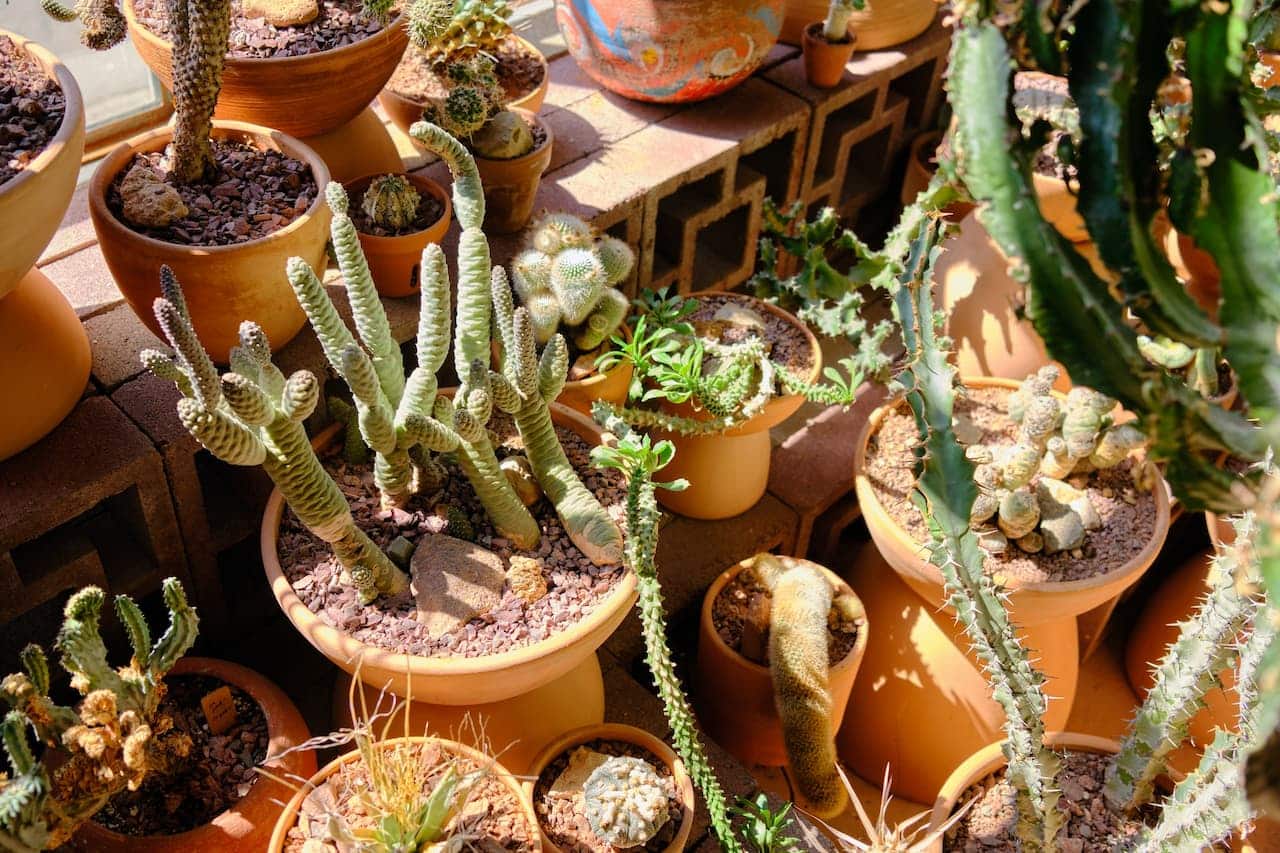
2. Green Mountain’ boxwood keeps its color all year
It’s tough, but living in a container will keep it smaller than its normal 5-foot height and 3-foot width. Green Mountain boxwood (Buxus ‘Green Mountain’, Zones 4–9) is a slow-growing shrub. Unlike other boxwoods, it maintains a dark green color throughout the winter. It grows into a graceful pyramid rather than a meatball-shaped shrub.
Ensure it’s protected from strong winds in a semi-shaded location. If possible, periodically rotate the pot to balance the plant’s exposure to light and to avoid the development of bare sides.
3. Golden creeping Jenny is perfect for the pot’s edge
Golden advancing Jenny (Lysimachia nummularia ‘Aurea,’ Zones 4–8) is a reliable performer in a container. This 4-inch-tall plant cascades beautifully over the rim of a pot. Its golden, coin-shaped leaves look classy. It likes partial shade but loves water a lot that it will thrive in a water garden. It enjoys the full sun too, but the soil must be moist.
4. Japanese Pieris has colorful new growth
Japanese pieris (Pieris japonica and cvs., Zones 6–8) is a deer-resistant shrub. Its evergreen foliage provides interest in all seasons. During spring, the growth on Japanese Pieris is elegant, varying in color from glossy red to salmon pink to creamy white, depending on the cultivar.
During winter, the flower buds are usually dark red, with some opening to shades of pink. While 3- to 6-inch-long racemes of white, urn-shaped blossoms appear in early spring, and they bear a slight fragrance. The charming branches of this shrub drape naturally over the pots’ edges.
Japanese pieris grows in full sun to full shade. However, protecting it from winter’s harsh winds and the intense sun would be best.
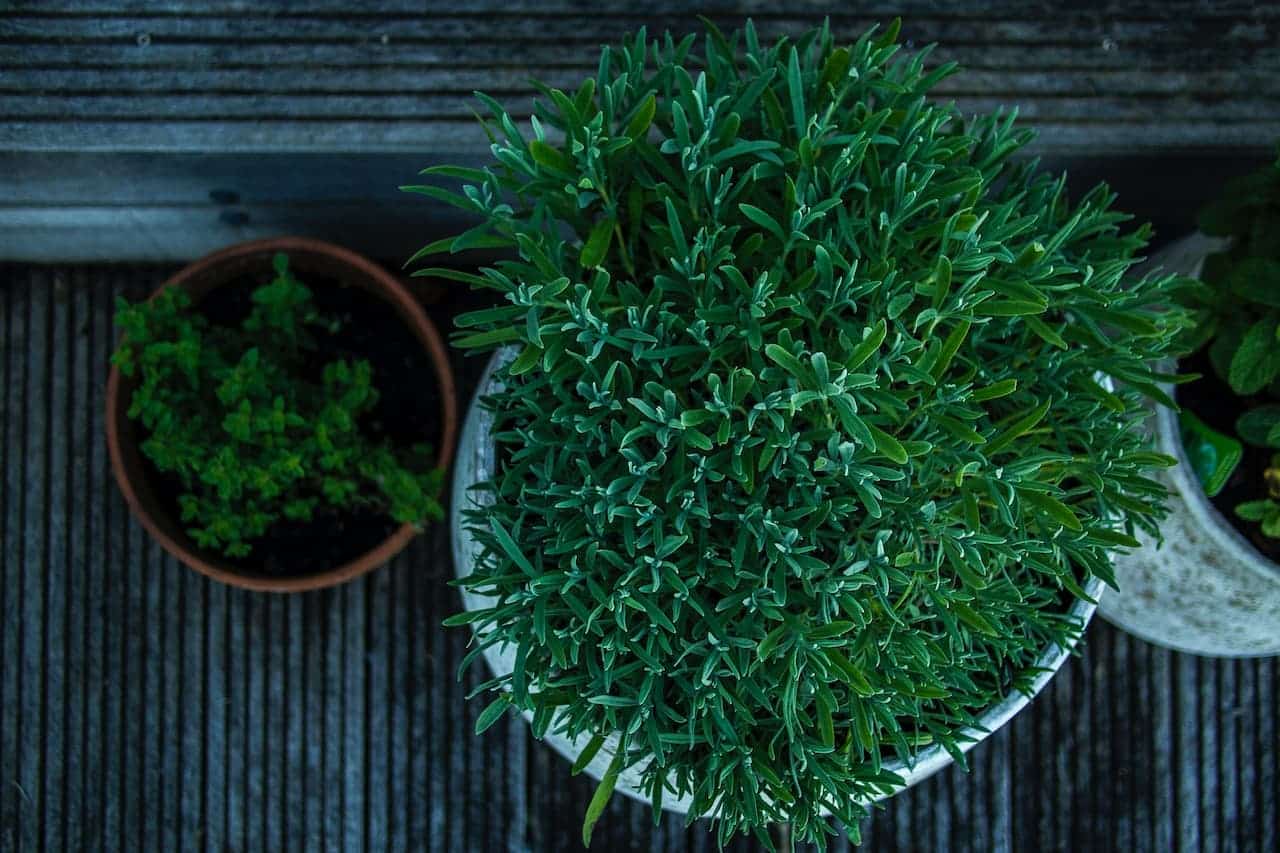
5. Emerald’ arborvitae grows where there6 height
Emerald’ arborvitae (Thuja occidentalis ‘Emerald,’ syn. ‘Smaragd,’ Zones 2–7) provides year-round interest because it maintains its rich green color during winter. The upright and narrow plant fits the bill as the vertical accent that several containers need.
Its shape and texture make it easy to combine with other plants. It has a natural size of 15 feet high and 4 feet wide. It thrives under the full sun or light shade.
6. Bergenia has shiny bold leaves
Bergenia (Bergenia cordifolia and CVS., Zones 3–8) has beautiful green, glossy, and oval leaves that offer a bold element in a container design.
The leaves are about 10 to 20 inches long and 6 to 8 inches wide, turning burgundy in fall. Bergenia flowers emerge in early spring on 12- to 15-inch-long stalks; the pink blossoms resemble hyacinths. The plant performs better in the container than in beds because of the great drainage. It thrives in full sun or light shade.
7. Variegated redtwig dogwood is big and beautiful
The leaves of the variegated redtwig dogwood (Cornus alba ‘Elegantissima,’ Zones 2–8) are an excellent foil to the hydrangeas in the ground on either side of it, and a mass of variegated Solomon’s seal near the base of the container conceals it most of the year.
During early spring, dogwood’s deepest color appears on young stems, so remove old branches. It must be placed in full sun to half shade, and watch out for Japanese beetles attack in summer. Its leaves have white margins and grayish-green centers, and the bright red stems shine in winter, especially when given an evergreen backdrop.
8. Heucheras provide small spots of interest
Heucheras (Heuchera spp. and CVS., Zones 3–8) are pretty, low-growing perennials that are incredible at providing interest below the taller plants in a container. Their lobed foliage can be showy, possessing silver veins through green or purple leaves.
They thrive well in containers because they like well-drained soil and recover quickly from winter. Most heucheras grow into a 12- to 18-inch-diameter mound and toss up flower panicles with white, pink, or red blossoms. Depending on the cultivar, they can grow in full sun and shade.
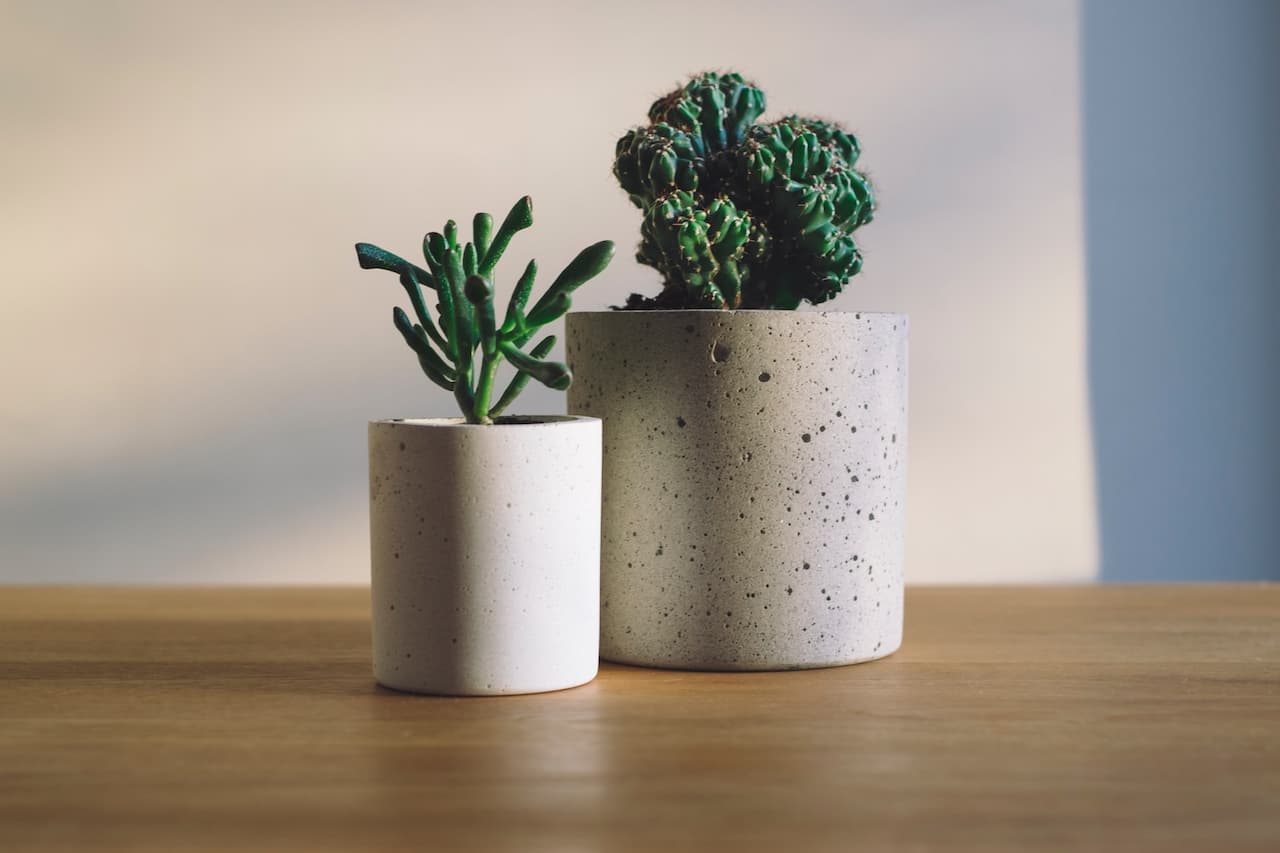
9. Blue Star’ juniper has a valuable color
The low-growing ‘Blue Star’ juniper (Juniperus squamata ‘Blue Star,’ Zones 4–9) has tightly arranged, ¼-inch-long, steel blue needles, which makes it stand out in winter. It reaches 3 feet tall with a 3- to 4-foot spread, but it is slow growing. It’s suitable for containers because it combines with most colors, and the branches arch beautifully over the rim of a pot. It prefers full sun but tolerates partial shade. It doesn’t like humid conditions.
10. Fuldaglut’ sedum is a small plant that makes a big splash
The prominent feature of the ‘Fuldaglut’ sedum (Sedum spurium ‘Fuldaglut,’ Zones 4–9) is the bronze-red leaf color that becomes red in winter. The delicately scalloped leaves are larger than other species, and in late summer, it is topped with cerise blooms that last for three weeks. At only 6 inches tall and 12 inches wide, it beautifies a container’s edge and makes a good cut flower for small bouquets. It likes full sun but will grow in partial shade.

